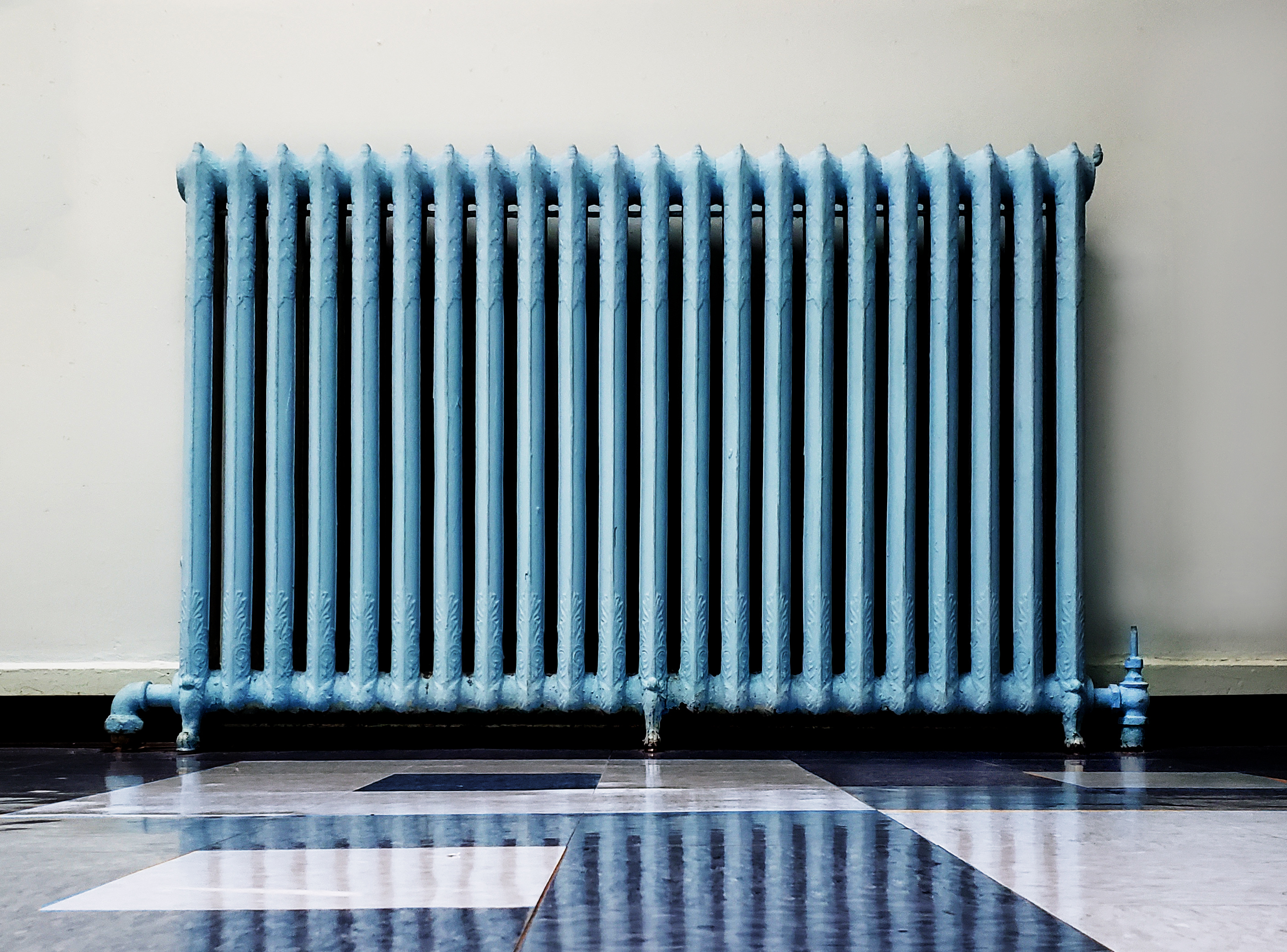How to paint behind a radiator
Debating how to tackle that awkward paint job behind the radiator? Our expert guide solves the tricky dilemma with a step-by-step method for pristine results


It all starts so well, doesn’t it, as you zoom across acres of wall space with your trusty roller, not a care in the world – until you reach the radiator. Never fear, painting behind the radiator is not rocket science. You won’t need to get the decorators in, you won’t need to remove the radiator and you don’t need any special decorating skills – just a little bit of care and attention will get pro results.
So if you are about to tackle painting a wall with one on it, or and will be later painting a radiator, this is what you need to know about painting behind a radiator.
How to paint behind a radiator

Assuming you’re painting the room anyway, you’ll be up and running with paint, brushes, roller tray and dust sheets but when painting behind a radiator, there are a couple of tools that make life a lot easier.
'The best way to paint behind a radiator is to use a long-handled radiator roller,' says Justyna Korczynska, senior designer at Crown Paints. 'With this, you can reach and roll in behind the radiator as far as possible from each end and above.'
Another method, especially handy when the radiator is close to the wall is to use a small long-reach paint pad. Once the flat pad is loaded with paint, it slides easily behind the radiator.
For a neat job, a long-reach cutting in brush with an angled head could also be handy, or a fitch, which is a small brush head on a long thin handle. Amazon sells a useful kit for painting behind radiators, too.
1. Prep the wall and protect the radiator
To keep paint splashes from ruining the carpet or spoiling the floor, put down a dust sheet or newspaper. Turn off the heating and wait until the radiator cools down. Using a duster or a dry brush, do your best to flick out any cobwebs, dust or dirt that are lurking behind the radiator. Or use the attachment on the vacuum cleaner to suck up any nasties. Learn how to clean behind your radiator in our dedicated guide.
Design expertise in your inbox – from inspiring decorating ideas and beautiful celebrity homes to practical gardening advice and shopping round-ups.
It's tricky to mask off the radiator and pipes, especially when working in a tight space. Saran Wrap is one solution. Though you could tuck a dust sheet around the radiator and pipework, this could interfere with your painting so it’s probably easier to simply wipe away any splashes with a damp cloth as they occur, while the paint is still wet. Mask any trim nearby with painter’s tape (again, can be ordered from Amazon), too.
If the radiator valves and thermostatic controls sit close to the wall, lifting off their plastic caps makes more room to paint behind the radiator. Turn the thermostatic valve so the ‘zero’ is facing you, loosen and remove it and put it back the same way.
2. Start painting at the top
If the radiator is beneath a windowsill, the first job after opening the paint can will be cutting in, which means using a brush to paint the strip of wall where it meets the sill. Go slowly and carefully, to avoid getting paint on the top of the radiator.
Next, pour a small amount of paint into the tray and load up the mini roller. Roll across the wall space, tucking the roller in behind the radiator to reach the awkward areas. The same method applies if you’re working with a paint pad or paint brush.
3. Paint down the sides of the radiator
When rollering at the sides of the radiator, take the roller as far behind the radiator as you can reach – it’s fine to paint the side of the supporting brackets, too. Now that you’re into your stride, you can tackle the bottom of the radiator with full confidence.
4. Paint beneath the radiator
Lying on the floor, use a brush to cut in along the trim edge, then paint carefully with a fine brush around the pipework before completing the remainder of the wall.
5. Touch up paintwork around the radiator
Now you’re onto the last leg. Examine the wall and radiator from the front and the sides, and use a small brush or the roller to make good any areas you might have missed first time around. Inspect the radiator and pipes for any paint splashes, removing them with a damp cloth.
What is the best way to paint behind a radiator?
The best way to paint behind a radiator is with a long-handled radiator brush. These usually have an angled head that allows you to reach down with a fully-loaded brush head, without getting paint on the walls. We have found that long-handled rollers designed to be small enough to reach behind radiators are really good at getting the job done, too.
Can you paint behind a radiator without taking it off?
'It’s far less stressful to paint behind the radiator than remove it,' advises Lucy Searle, Homes & Gardens' Editor in Chief. 'But if you have faith in your plumbing skills, the job involves isolating the cool radiator by turning off the valves, draining it and removing it using an adjustable spanner and grips/pliers. If the system is pressurized, make a note of the pressure before you start to be sure you can repressurize correctly once the job is done. If you’re lucky, your radiator may have been fitted with brackets that allow it to swing away from the wall for painting. Job done.
'This, by the way, is a job that I would always leave to a professional, and I'm a practised DIYer.'

Lucy Searle has written about interiors, property and gardens since 1990, working her way around the interiors departments of women's magazines before switching to interiors-only titles in the mid-nineties. She was Associate Editor on Ideal Home, and Launch Editor of 4Homes magazine, before moving into digital in 2007, launching Channel 4's flagship website, Channel4.com/4homes. In 2018, Lucy took on the role of Global Editor in Chief for Realhomes.com, taking the site from a small magazine add-on to a global success. She was asked to repeat that success at Homes & Gardens, where she has also taken on the editorship of the magazine.